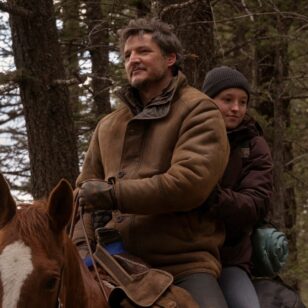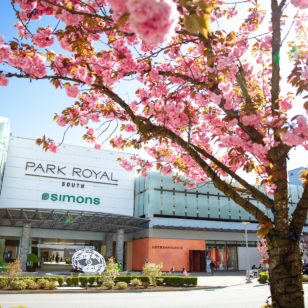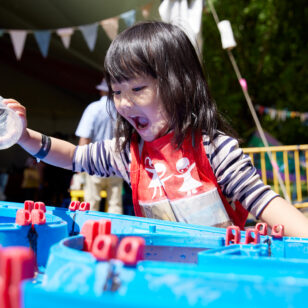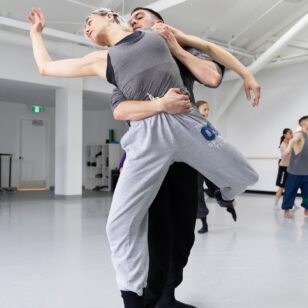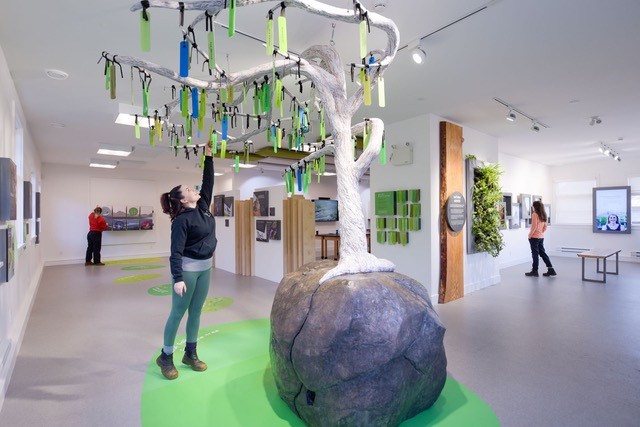
Britannia Mine Museum’s Terralab STEAM Learning Space
Just in time for Spring Break, the Britannia Mine Museum is launching its Terralab Learning Space and will be introducing special educational programming for families and COVID-19 bubble groups during Spring Break, as part of their year of STEAM (Science Technology Engineering Art & Math) focus.
From March 13 to April 1 at 11 a.m. and 1:45 p.m. every day, the Museum will host short interpreter-led STEAM “Mini Mud Monsters” sessions in the Terralab space, where families or COVID-19 bubble groups can learn about microorganisms in our freshwater ecosystems.
From streams to creeks, to rivers and wetlands, participants will see what organisms, known as benthic macroinvertebrates or benthos, look like up close. Learn how they help us understand human impacts, including heavy metals and mining. Known as bioindicators to scientists and those who monitor the freshwater environments, benthos range in their tolerance to pollution and can help to better understand the health of an aquatic environment.
As part of its Spring Break activities, the Museum has also set up a self-guided “Designed to Fly” activity in the Machine Shop, exploring how aerial tramways were stars of the show in the earlier years of the Britannia Mine. Aerial tramways are like ski lifts or zip-lines for rocks. Bubble groups can visit the Machine shop to design and test a rock carrier using a mini zip-line, exercising their creative brains to predict, test and evaluate ideas.
There is also a “Natural Miners” permanent exhibit in the Terralab, that explores the concept that both humans and plants are ʻnatural minersʼ, pulling metals from the earth. Utilizing the familiarity and appeal of plants, the exhibit focuses on our ever-increasing knowledge of how metals and natural systems interact, leading to new ways of conducting mineral exploration and mine site remediation with lower environmental footprints. Examples spotlight different aspect of Canadian research, including fascinating innovations in mineral exploration such as detecting the chemical element bromine in snow cover as a way to indicate a potential mineral deposit below ground.
All Spring Break activities at the Museum are designed to be COVID-safe, organized in small bubble groups, with enhanced sanitation procedures in place, and are included with regular Museum admissions.











